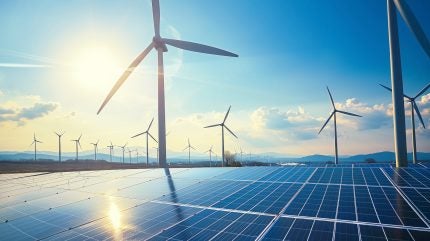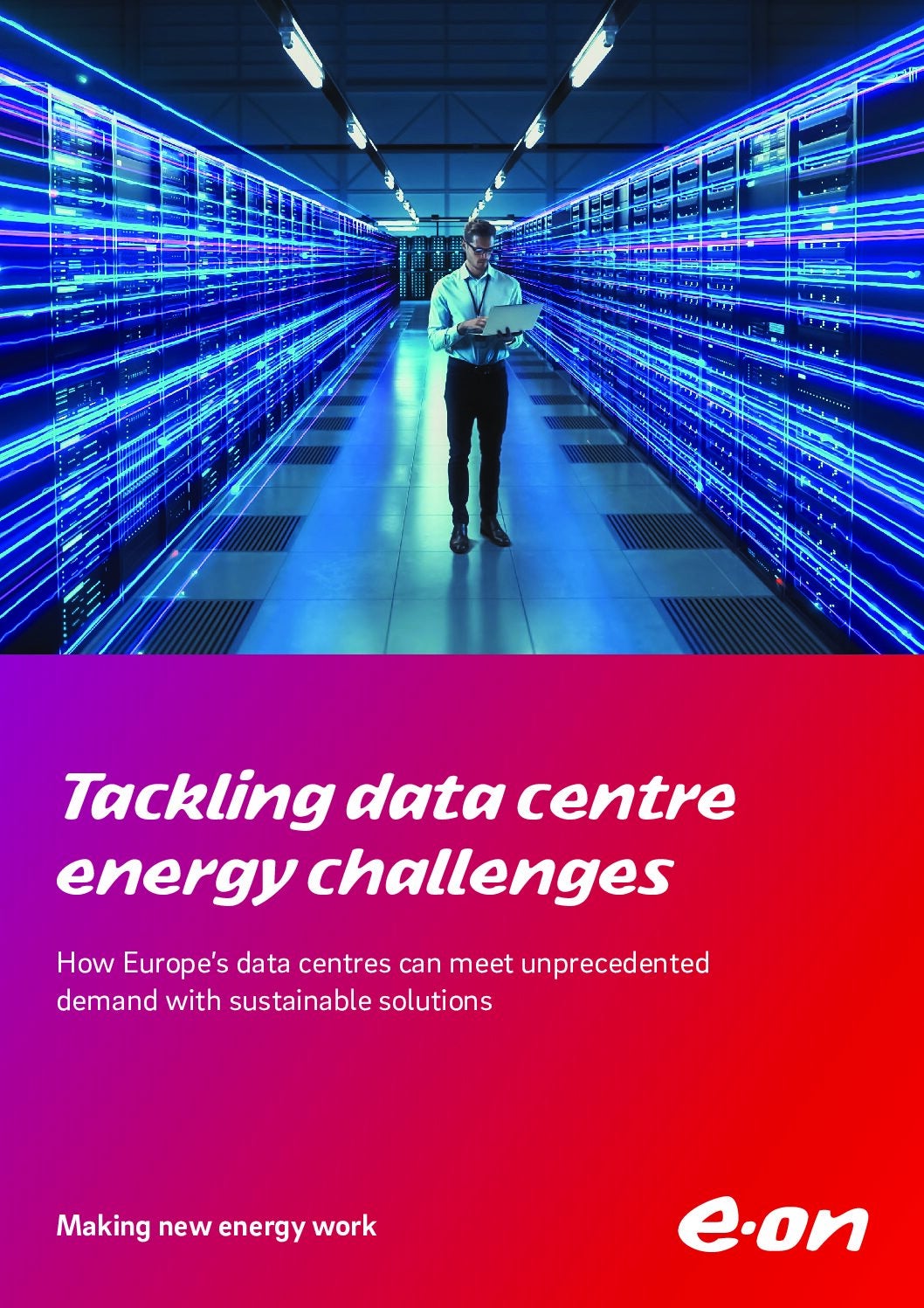
Solar and wind energy can potentially meet up to 30% of Southeast Asia’s data centre electricity requirements in 2030, without the need for battery storage, as detailed in a report by energy think tank Ember.
This development is crucial as the region seeks to balance its digital expansion with sustainable energy practices.

US Tariffs are shifting - will you react or anticipate?
Don’t let policy changes catch you off guard. Stay proactive with real-time data and expert analysis.
By GlobalDataThe report identifies Indonesia, Malaysia, the Philippines, Singapore, Thailand, and Vietnam as emerging global data centre hotspots, with 2.9GW of new capacity in development.
Ember’s analysis indicates that the Information, Communication and Technology (ICT) industry’s growth in the Association of Southeast Asian Nations (ASEAN) is driving up electricity demand, with concerns about increasing emissions, as many power grids still depend on fossil fuels.
The slow decarbonisation of the power sector poses a threat to progress. Malaysia’s data centre electricity use is expected to surge from 9TWh last year to 68TWh in 2030, potentially accounting for 30% of the country’s power consumption and surpassing Singapore’s total electricity use in 2023.
Emissions from Malaysia’s data centres could increase sevenfold, reaching 40 metric tonnes of carbon dioxide equivalent (CO₂e) by 2030, the highest in the region. Emissions in the Philippines could surge by 14-fold, with Indonesia’s emissions potentially quadrupling.
Despite these challenges, the report suggests that greening data centres is achievable. With supportive policies, market access, and infrastructure planning, ASEAN can foster data centre growth without escalating emissions.
The report said power purchase agreements (PPAs) are a common method for large technology companies to secure clean electricity.
However, smaller operators require more accessible options such as virtual PPAs and green tariffs, which can also support storage solutions to manage the variability of renewable energy sources.
Energy efficiency is another critical factor. By incorporating efficiency measures from the design phase and establishing national guidelines, data centres can reduce electricity usage, alleviating stress on the power grid.
Ember Asia energy analyst Shabrina Nadhila said: “Governments and industry should work together to align data centre expansion with the energy transition. National frameworks, stronger collaboration and better transparency are critical to ensuring that ASEAN’s digital growth also drives progress.”
Earlier this month, Malaysia and Japan put forward a proposal to create a new collaboration hub in Malaysia that would focus on technology, sustainability, and energy integration in ASEAN.





